Robotics News
The Robot Report
4

From surveillance to public service: the rise of drone swarms
- Drone swarms are transitioning from surveillance tools to essential assets for civil protection and societal welfare, especially in crisis management scenarios.
- These autonomous aerial systems operate collaboratively without a central controller, using emergent behaviors and consensus algorithms to adapt in real-time, even in communication-compromised situations.
- The Technology Innovation Institute (TII) is spearheading the advancement of collective autonomy in drones through decentralized AI, enabling them to operate efficiently in dynamic urban environments.
- AI-powered drones by TII mimic natural swarm dynamics, self-organize, communicate, and adapt on the fly, proving effective in time-sensitive situations like natural disasters and industrial accidents.
- They play a crucial role in emergency response by autonomously searching for survivors, mapping hazardous areas, and delivering real-time data to aid responders.
- Drone swarms can also assist in disaster prevention by monitoring traffic, air quality, and structural integrity in smart cities to enhance resilience and safety.
- Despite their potential, overcoming public perception remains a challenge, as drones are often associated with surveillance and militarization.
- To change this perception, education, transparency, and public engagement are needed to showcase the positive impact of drone swarms in crisis management and public services.
- TII's alignment with the UAE's AI Strategy 2031 underlines the ethical and responsible development of drone swarms for the greater good.
- As agencies strategize for the future, the focus should shift from debating deployment to planning for the swift integration of drone swarms in crisis management infrastructures.
- The advancements in drone swarm capabilities mark a significant progression in collective disaster response and management, redefining our approach to emergencies.
Read Full Article
Like
VentureBeat
259

Image Credit: VentureBeat
Wandercraft raises $75M for acceleration of AI-powered humanoid robotics and exoskeletons
- Wandercraft secures $75 million to accelerate AI-powered robotics and exoskeletons, with contributions from Renault Group, Bpifrance, and more.
- The funding will aid in launching Eve, the first self-balancing personal exoskeleton, expanding clinical use of Atalante X, and developing humanoid robot Calvin-40.
- Partnership with Renault Group enables scale-up production of exoskeletons and industrial robots like Calvin-40, for deployment in Renault factories.
- Series D funding will accelerate commercialization, clinical adoption, and growth of the company's innovative robotics platforms.
- Wandercraft's focus on self-balancing robotics powered by AI aims to provide independence for individuals with mobility impairments.
- The company's technologies have received FDA clearances, showcased meaningful clinical improvements, and enabled over 2,500 people to rediscover mobility.
- Wandercraft's dedication to expanding access to rehabilitation through AI-driven systems is exemplified by its global impact and ongoing clinical trials.
- The company's showcase of Eve at global events and partnerships like with Nvidia highlight its cutting-edge technology and commitment to mobility innovation.
- Wandercraft's clinical trials for Eve focus on usability and integration into daily life, welcoming participation from individuals with motor SCI.
- Founded in 2012, Wandercraft leads in self-balancing walking exoskeletons, with a mission to empower individuals worldwide through innovative robotics.
Read Full Article
15 Likes
The Robot Report
344

Universal Robots offers direct torque control for demanding cobot tasks
- Universal Robots has introduced Direct Torque Control technology for collaborative robots, providing real-time control of all joints at 500 Hz without custom stack.
- Direct torque control opens up opportunities for cobots to handle challenging tasks, saving time for users and researchers.
- This technology is particularly useful for applications requiring precise force and delicate touch, like assembly and screwdriving.
- The new interface aims to facilitate research and development in AI by making it easier to work with direct torque control.
- Universal Robots, a part of Teradyne Inc.'s robotics group, experienced a 3% decline in sales, while Mobile Industrial Robots (MiR) grew 1% year over year.
- Teradyne Robotics faced layoffs, and the overall robotics revenue for Q1 2025 decreased to $69 million from $98 million in Q4 2024.
- Despite the sales decline, Universal Robots remains a market leader and surpassed 100,000 cobots sold over its lifetime earlier this year.
- Cobot statistics were included in quarterly North American robot numbers, showing a flat trend in robot sales with cobots constituting 11.6% of all robots ordered.
- In May, Universal Robots launched the UR15, its fastest cobot with a maximum TCP speed of 5 m/s, aimed at improving productivity and reducing cycle times.
Read Full Article
20 Likes
The Robot Report
308

NVIDIA Isaac, Omniverse, and Halos to aid European robotics developers
- European robotics developers can utilize NVIDIA's full-stack safety platform, including the NVIDIA Isaac GR00T N1.5 open foundation model for humanoid robot reasoning and skills, available on Hugging Face.
- NVIDIA introduces new tools at its GPU Technology Conference, focused on AI application in robotics, self-driving cars, and smart cities to address labor shortages and sustainability.
- The European ecosystem is adopting NVIDIA's three-computer approach for robotics development, integrating NVIDIA DGX systems, GPUs, Omniverse, Cosmos platforms, and DRIVE AGX in-vehicle computers.
- Various robotics companies like Agile Robots, idealworks, Neura Robotics, Vorwerk, and others are leveraging NVIDIA hardware and software to enhance their robotic systems for industrial tasks.
- NVIDIA's Halos safety system has expanded to include AI-driven robots, offering safety framework and accreditation from ANSI National Accreditation Board for functional safety standards.
- NVIDIA collaborates with Siemens to integrate Xcelerator marketplace with Omniverse, generative AI, and robotics to enhance visualization and digital twins for informed decision-making in manufacturing.
- NVIDIA enhances simulation capabilities with DiffusionRenderer AI project for video lighting control, and plans to build the world's first industrial AI cloud in Germany, using DGX and RTX PRO servers.
- The Drive software for autonomous vehicles is in full production, along with the release of NVIDIA Cosmos Predict-2 for improved synthetic data generation, and integration of NuRec tools in the CARLA AV simulator.
- NVIDIA's advancements in AV technology include winning the Autonomous Grand Challenge and presenting the Generalized Trajectory Scoring method for generating safer driving trajectories.
- NVIDIA Omniverse Blueprint for smart city AI enables developers to create simulation-ready digital twins of cities for monitoring and optimizing municipal operations.
- European robotics industry, with a strong background in mechatronics and industrial craft, is recognized as a global force in autonomy with the rise of AI in robotics.
Read Full Article
18 Likes
Discover more
Nvidia
67
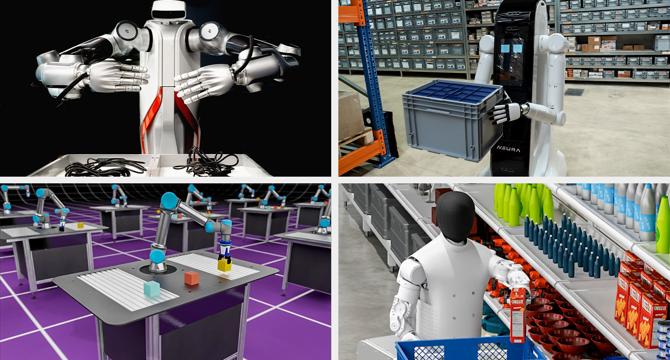
Image Credit: Nvidia
European Robot Makers Adopt NVIDIA Isaac, Omniverse and Halos to Develop Safe, Physical AI-Driven Robot Fleets
- European manufacturers are adopting NVIDIA technologies to develop safe, AI-driven robots for modern, sustainable manufacturing in response to labor shortages and sustainability needs.
- NVIDIA Isaac GR00T N1.5 and Isaac Sim 5.0 are key tools for humanoid robot reasoning and skills, with an emphasis on material handling and manufacturing tasks.
- NVIDIA Halos, a comprehensive safety system, expands to robotics to ensure safety throughout the development lifecycle of AI-driven robots.
- Various robotics companies have joined the Halos Inspection Lab to meet safety and cybersecurity requirements set by NVIDIA.
- European robotics developers integrate NVIDIA Isaac robotics platform for training, simulating, and deploying robots in diverse applications.
- Companies like Vorwerk, Humanoid, Universal Robots, and Wandelbots use NVIDIA technologies for post-training, prototyping, and simulation to enhance robot capabilities.
- SICK integrates new sensor models into NVIDIA Isaac Sim for enhanced autonomous perception solutions supporting product development and fleet management.
- Partnerships with companies like SoftServe enable simulation of autonomous mobile robots to refine AI algorithms before real-world deployment.
- European industries leverage NVIDIA's partner ecosystem and advanced AI technologies to develop adaptable robot fleets addressing labor shortages and sustainability.
- The collaboration between European robot makers and NVIDIA accelerates the development of safe, physical AI-driven robot fleets, supporting sustainable manufacturing practices.
Read Full Article
4 Likes
Nvidia
170
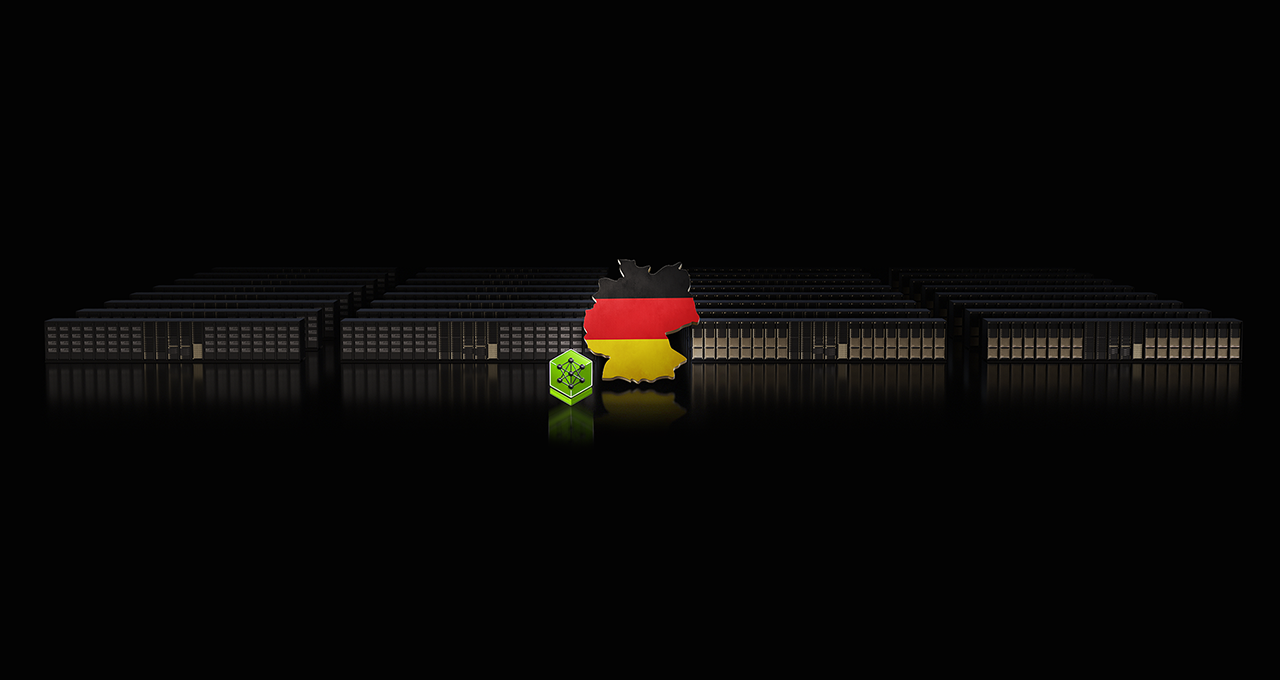
Image Credit: Nvidia
Germany Builds Its AI Autobahn With NVIDIA
- Germany is investing in new AI technologies that are set to revolutionize various industries in the country, such as automotive, banking, manufacturing, and robotics.
- Thousands of NVIDIA GPUs are being deployed in Germany to power AI factories, optimized AI software, and physical AI technologies for cars and robots.
- Initiatives by industry leaders, startups, and research institutions were highlighted at ISC High Performance and NVIDIA GTC Paris at VivaTech.
- AI factories in Germany will support the development of sovereign AI applications for both public and private sectors, including small and medium-size companies.
- NVIDIA is setting up the world's first industrial AI cloud for European manufacturers in Germany, which will use NVIDIA DGX B200 systems and NVIDIA RTX PRO Servers.
- German supercomputers like JUPITER and Blue Lion, powered by NVIDIA technologies, will enhance research capabilities in fields like climate simulations, quantum computing, and drug discovery.
- Companies in Germany, like DeepL and Black Forest Labs, are leveraging NVIDIA technologies to advance AI development in language processing and generative AI models.
- German robotics and automation companies are integrating NVIDIA Isaac platform, while enterprises like Finanz Informatik are using NVIDIA AI infrastructure to streamline banking services.
- Mercedes-Benz, BMW Group, Continental, and other automotive companies in Germany are utilizing NVIDIA technologies for creating digital twins of factories and optimizing manufacturing processes.
- Germany is also focusing on AI upskilling through initiatives like appliedAI and academic partnerships with NVIDIA, aiming to democratize access to AI technology for SMEs and advance AI research.
Read Full Article
10 Likes
Medium
349

Weekly Recap of Mr. EdgeLord
- Week 2: Offline classes started, groups formed, and project robots assigned. Document created to track progress.
- Week 3: Team started working on concept development, faced wiring issues, and learned the importance of careful assembly.
- Week 4: Major problem with super glue damaging motor, solution found by purchasing new motors.
- Week 5: Ensured all components worked well, designed robot layout, and focused on coding.
Read Full Article
21 Likes
Unite
407
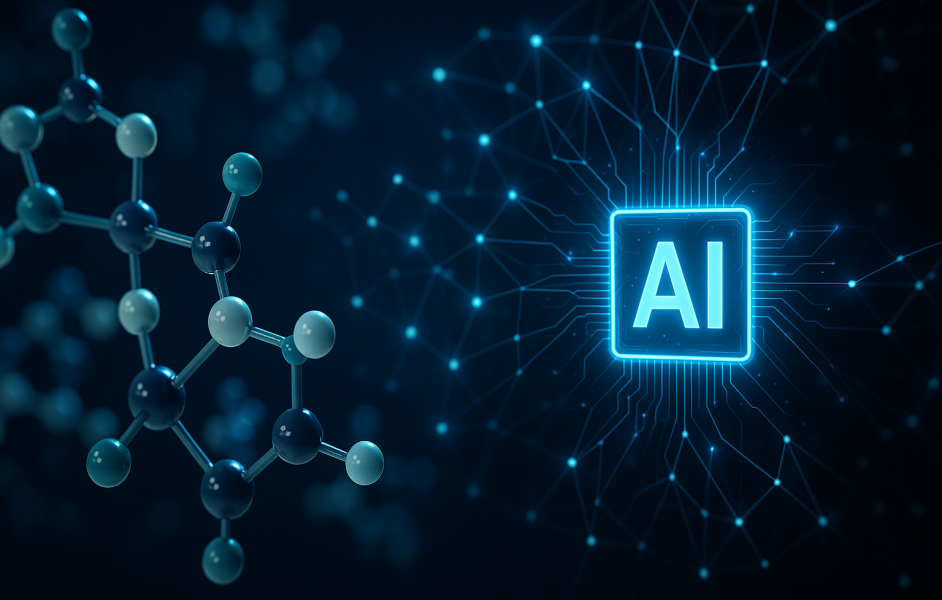
Image Credit: Unite
Evogene and Google Cloud Unveil Foundation Model for Generative Molecule Design, Pioneering a New Era in Life-Science AI
- Evogene and Google Cloud have revealed a groundbreaking generative AI foundation model for small-molecule design, enhancing the discovery of new compounds in pharmaceuticals and agriculture.
- The model, part of Evogene's ChemPass AI platform, enables simultaneous optimization of efficacy, toxicity, and stability in a single design cycle, accelerating R&D.
- Unlike traditional step-by-step screening, the AI paradigm allows for multi-parameter design, reducing late-stage failures and fostering innovation.
- Evogene's model employs transformer neural network architecture, learning from a vast chemical dataset to design novel, drug-like molecules with high precision.
- The AI leverages multi-objective optimization, balancing potency, toxicity, and stability concurrently, enhancing drug discovery efficacy.
- ChemPass AI's generative model operates by predicting molecule structures in a sequence-based approach, combining sequence and graph neural network models for accuracy and creativity.
- The AI's ability to handle multi-objective optimization distinguishes it from traditional methods, allowing for tailored design strategies and increased success rates.
- ChemPass AI's multi-traits evaluation, chemical diversity expansion, speed, scale, and integrated knowledge offer significant advantages over manual approaches in R&D.
- Evogene's AI-powered tech-engines, including MicroBoost AI and GeneRator AI, form an integrated ecosystem to revolutionize product discovery in life sciences.
- Generative AI's role in revolutionizing molecule discovery, facilitating multi-goal compound design in a single step, presents a transformative future in pharmaceuticals, agriculture, and beyond.
- The validation of AI-generated molecules through experimentation will continually refine models, driving innovation and discovery in materials, food, sustainability, and various industries.
Read Full Article
24 Likes
Medium
358
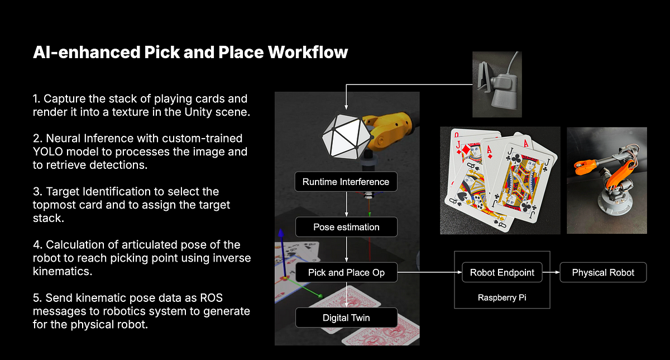
Image Credit: Medium
AI-powered Robotics: Pick and Place Demo with Runtime Interference and ROS in Unity
- A real-time AI-powered robotic system implemented in Unity3D simulates a card-sorting task, using computer vision to pick and place cards with an industrial robotic arm.
- The system uses a custom-trained YOLO-based object detector for card detection, with the Unity Runtime Inference Engine enabling real-time perception and control.
- The AI Builder Unity asset and Digital Twin Toolkit for Unity are utilized for training and integrating a Python-based AI vision training pipeline into Unity.
- The application connects to the real robot via ROS running on a Raspberry Pi, allowing the digital twin to control operations in a synthetic environment before replicating them on the physical robot.
Read Full Article
21 Likes
TechCrunch
183
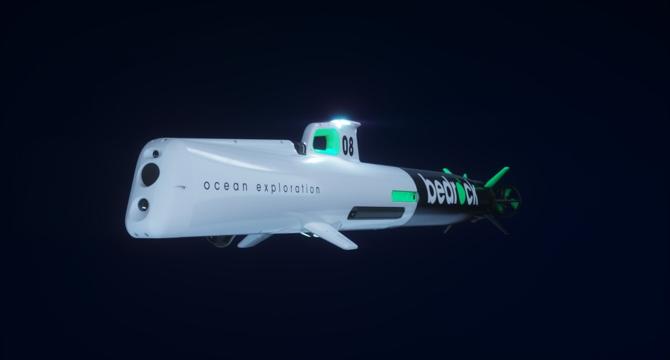
Image Credit: TechCrunch
Bedrock Ocean dredges up $25M to map the seafloor with robots
- Bedrock Ocean, a startup aiming to map the ocean floor, raised $25 million in a Series A-2 round led by Primary and Northzone.
- The company developed an autonomous underwater vehicle (AUV) using sonar and magnetic sensors to map the seafloor without the need for large ships.
- Bedrock's AUVs can operate independently underwater, offering faster mapping and disrupting marine life less compared to traditional ships.
- The startup has already conducted paid survey work for offshore wind, oil and gas, and environmental assessments, impressing clients like the U.S. Navy with its speed and data quality.
Read Full Article
11 Likes
Unite
358
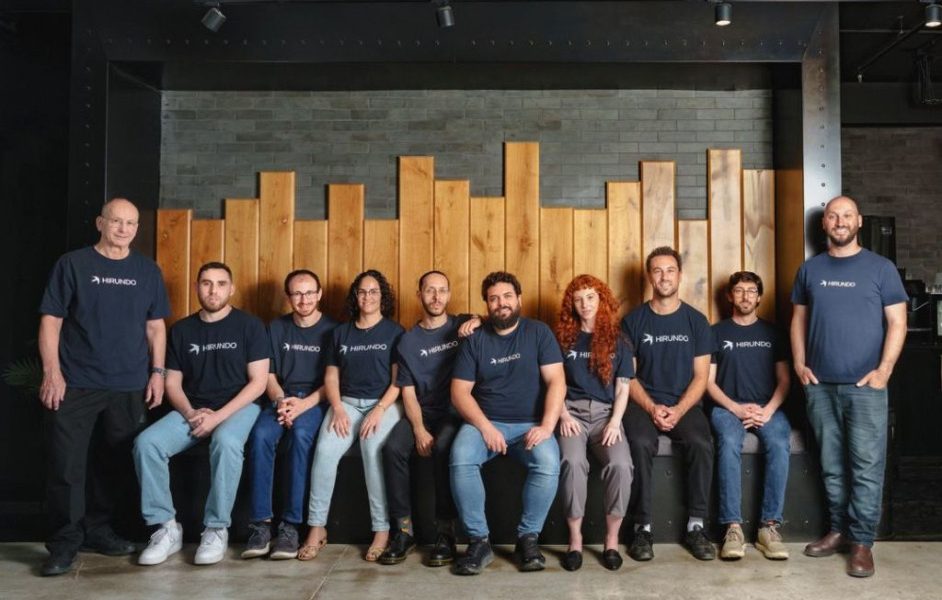
Image Credit: Unite
Hirundo Raises $8M to Tackle AI Hallucinations with Machine Unlearning
- Hirundo, a startup specializing in machine unlearning, secures $8 million in funding to address AI challenges like hallucinations and biases.
- Machine unlearning allows AI models to 'forget' specific knowledge or behaviors, enabling the removal of hallucinations and biases efficiently.
- AI hallucinations can lead to false information with serious consequences, affecting operational integrity and reputations in enterprises.
- Hirundo's platform integrates with various data types, detecting flaws in training data and enabling instant unlearning of faulty outputs.
- The company has shown significant improvements in reducing hallucinations, bias, and successful prompt injection attacks across AI models.
- The founders of Hirundo bring a wealth of experience in AI research, deployment, and data management, positioning the company well to tackle AI reliability issues.
- Investors like Maverick Ventures Israel are supportive of Hirundo's mission to enhance trustworthy AI by eliminating biased or false intelligence.
- Machine unlearning is crucial as AI systems become more embedded in critical infrastructure, addressing concerns over reliability, bias, and data security.
- This approach offers a targeted solution for mitigating risks in AI deployments, gaining traction among enterprises seeking compliant and reliable AI solutions.
- Hirundo's innovative technology presents a promising step towards enhancing the reliability and trustworthiness of AI in real-world applications.
Read Full Article
21 Likes
Unite
398
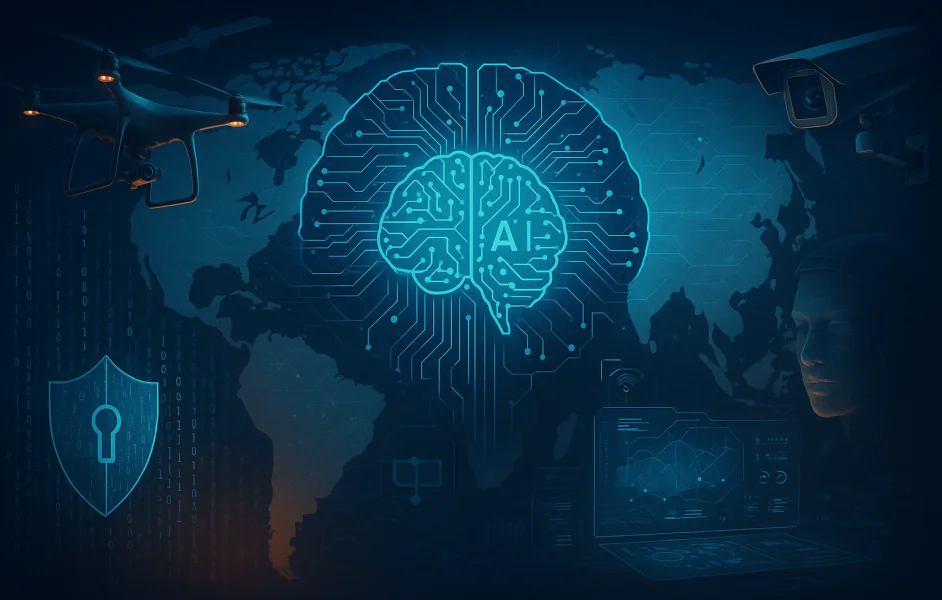
Image Credit: Unite
AI and National Security: The New Battlefield
- Artificial intelligence is transforming national security, impacting areas such as cybersecurity, weapon development, border control, and public discourse.
- AI is utilized in both offensive and defensive cybersecurity measures, with attackers leveraging AI for phishing attacks and defenders using AI to detect anomalies in network activity.
- Autonomous weapons powered by AI are being used in physical battlefields to enhance military precision, but concerns arise about the responsibility for errors and the potential for rapid machine reactions in conflicts.
- AI is revolutionizing intelligence gathering and surveillance, allowing for the analysis of vast amounts of data but also raising issues related to privacy, bias, and accuracy.
- In the realm of information warfare, AI-generated content is used to spread misinformation and influence public opinion, posing challenges for governments and tech firms in combating fake news.
- Decision support systems employing AI help military agencies process large volumes of data efficiently, aiding in tasks like predicting enemy movements and optimizing resource allocation.
- AI is also being employed in law enforcement and border control for tasks like identity verification and pattern analysis, leading to improved security but also fueling concerns about privacy and accuracy.
- As AI becomes increasingly integrated into national security strategies, it is crucial for countries to establish clear regulations and guidelines to harness its benefits while mitigating its risks.
- Ultimately, the responsible use of AI in security operations is essential to ensure that its capabilities are leveraged for positive outcomes and that potential harms are minimized.
Read Full Article
23 Likes
Unite
394
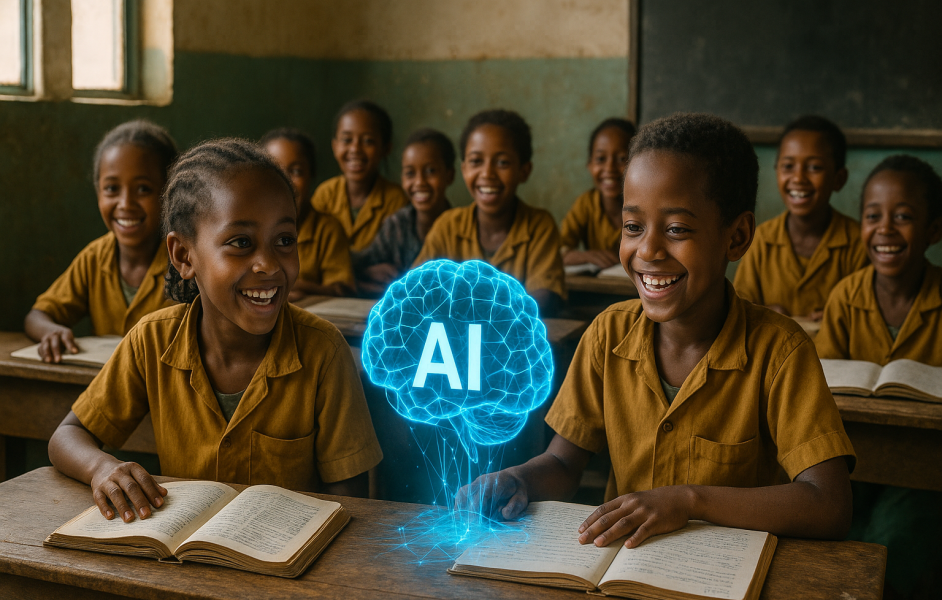
Image Credit: Unite
Bridging Educational Gaps in the Developing World through Beneficial AGI: Lessons from Ethiopia
- The article discusses leveraging Artificial General Intelligence (AGI) to bridge educational gaps in the developing world, focusing on experiences from Ethiopia's iCog Labs.
- Challenges in the educational domain in developing countries include linguistic barriers and culturally irrelevant educational content, which can be overcome using AI technologies.
- AI-driven translation tools can address language barriers, enabling access to education in local languages for underserved populations.
- Initiatives like Leyu, a data crowdsourcing platform collecting linguistic resources from disconnected communities, aim to train AI models for translating languages.
- Customizing educational content through AI to align with local realities enhances relevance and practical application, fostering engagement and self-reliance.
- Projects like Digitruck bring AI concepts to rural areas through hands-on experiences, showcasing AI's potential to empower communities practically.
- AI technology is perceived as a trusted ally by communities with limited internet access, offering practical benefits like farming advice and market insights.
- Collaborative learning and social cohesion are crucial in developing world contexts, where AI integration should complement existing community structures.
- Ethical implementation of AI in education requires human-AI alignment, strengthening traditional learning foundations and emphasizing personalized learning over rote memorization.
- The article advocates for decentralized and democratic AI development to address global education equity and diverse needs, promoting platforms like SingularityNET.
- By navigating risks, fostering alignment, and promoting participatory governance, AI can play a transformative role in achieving educational equality and uplifting communities worldwide.
Read Full Article
23 Likes
Unite
403
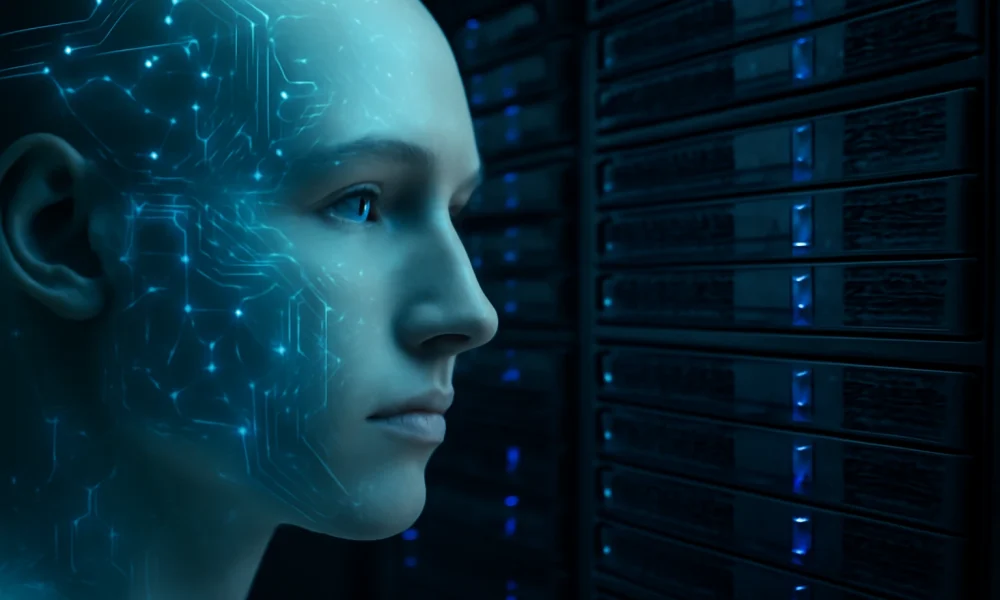
Image Credit: Unite
The AI Revolution Is a Data Revolution: Why Storage Matters More Than Ever
- The AI revolution is deeply intertwined with the data revolution, with the exponential growth of AI technologies reliant on vast amounts of high-quality data for training and optimization.
- The global AI market is projected to exceed $826 billion by 2030, emphasizing the need for scalable storage solutions to handle the increasing demands for data storage and accessibility.
- AI systems across various industries require well-prepared datasets to refine algorithms, enhance predictive models, and drive operational efficiency through smarter decision-making.
- Efficient AI advancement hinges on the continuous provision of high-quality data, posing challenges on storing and managing large datasets cost-effectively and sustainably.
- The resurgence of tape storage technology offers a reliable and sustainable solution for long-term data storage, providing scalability, cost efficiency, security, and immunity to cyber threats.
- Organizations leveraging tape storage can store massive datasets for AI and machine learning workloads, benefitting from its offline capability and longevity exceeding 30 years.
- Data analytics, founded on the Information Archive (IA), enables organizations to make data-driven decisions and unlock competitive advantages by harnessing decades of data for AI training and innovation.
- The strategic retention and accessibility of historical data as a living resource position organizations to thrive in the data-centric future by enabling personalized customer experiences and agile responses to market shifts.
- By prioritizing data storage and intelligent storage solutions like tape, businesses can future-proof their infrastructure, driving innovation, and maintaining a competitive edge in the evolving landscape of AI and data.
Read Full Article
24 Likes
Unite
416
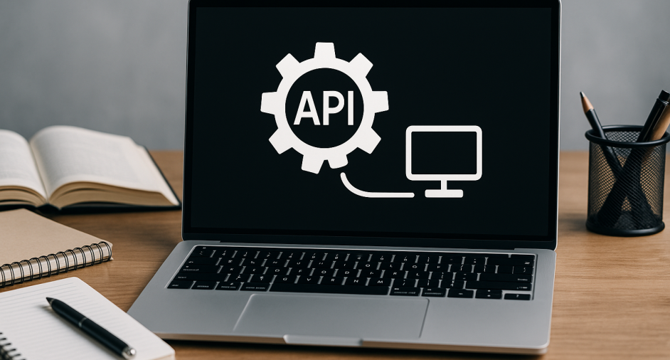
Image Credit: Unite
Guide to Understanding, Building, and Optimizing API-Calling Agents
- API-calling agents are AI tools that leverage Large Language Models (LLMs) to interact with software systems via APIs, transforming them into useful intermediaries.
- Companies use API-calling agents in consumer applications, enterprise workflows, and data retrieval and analysis to automate tasks and enhance efficiency.
- The article focuses on understanding, building, and optimizing API-calling agents using an engineering-centric approach.
- Key definitions include API, Agent, API-Calling Agent, and MCP (Model Context Protocol) for effective development of AI agents.
- The core task of an API-calling agent involves translating natural language into precise API actions, requiring intent recognition and parameter extraction.
- Architecting the solution involves defining tools for the agent, using Model Context Protocol (MCP), and selecting agent frameworks for implementation.
- Engineering for reliability and performance necessitates creating high-quality datasets, validating datasets, and optimizing agent prompts and logic.
- A systematic workflow is recommended for developing effective API agents, including clear API definitions, standardizing tool access, implementation, dataset creation, and optimization.
- The article provides an illustrative example of the workflow, highlighting steps from API definitions to agent implementation and dataset curation for evaluation.
- By integrating structured API definitions, standardized tool protocols, meticulous data practices, and systematic optimizations, engineering teams can enhance their API-calling AI agents.
Read Full Article
25 Likes
For uninterrupted reading, download the app